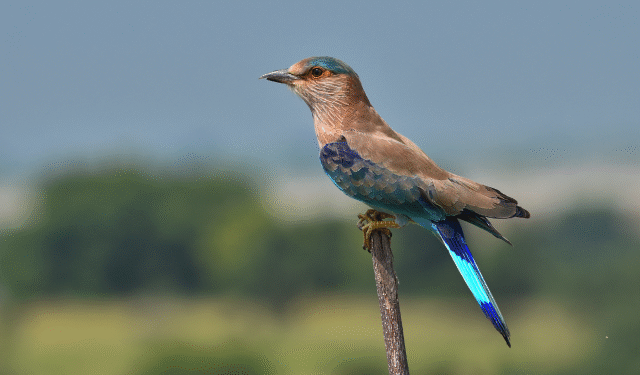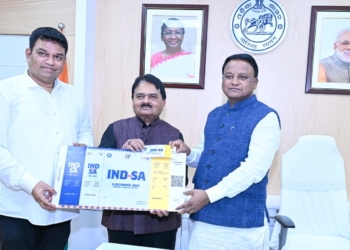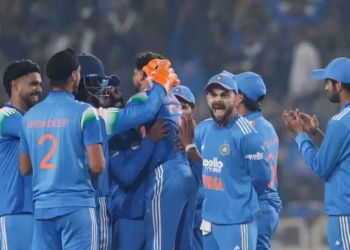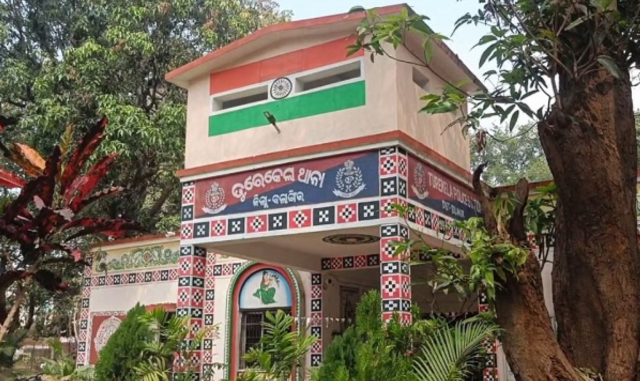The Indian Roller, once a common sight and state bird of Karnataka, Odisha, and Telangana, now teeters on the edge of the IUCN Red List.
The IUCN recently upgraded the Indian Roller (Coracias benghalensis), also known as Neelkantha, to Near Threatened status. Its population has dropped by nearly 30% over the past decade across India. Despite being protected under Schedule II of India’s Wildlife Protection Act, the bird faces increasing threats.
Poachers target Indian Rollers for their symbolic value during festivals like Dussehra and Durga Puja. Rituals often involve capturing live birds, restraining their wings or legs, and releasing them in public ceremonies. Rescue organisations in Andhra Pradesh, Karnataka, Odisha, and other states report dozens of interventions annually. Many birds die due to stress or mishandling.
The Indian Roller thrives in open grasslands, farmlands, scrub forests, and village edges. It adapts to human landscapes, nesting in tree cavities or old structures. Its diet includes insects, small reptiles, and amphibians. During breeding season, both parents incubate eggs and care for fledglings.
Known for its dazzling plumage, the Indian Roller displays vibrant blues and lilacs in flight. Its feathers use microscopic structures to scatter light, not pigment. Juveniles appear duller until maturity.
India must enforce wildlife laws more strictly, raise awareness to replace live birds in rituals, and expand rescue and rehabilitation efforts. The Indian Roller’s beauty and ecological role deserve protection.
Contributed by K. Shiva Kumar, a professional Wildlife Storyteller (M.A in Journalism & Mass Communication, an alumnus of Central University Of Odisha, Koraput) from Hyderabad, Telangana.
K. Shiva is passionate about wildlife conservation. Through his work, he hopes to inspire greater appreciation for the wildlife that shares our planet and encourages conservation action.






























